LIVE THROUGH THIS
LIVE THROUGH THIS
SURVIVING THE INTERSECTIONS OF SEXUALITY, GOD, AND RACE

CLAY CANE

Copyright 2017 by Clay Cane
All rights reserved. Except for brief passages quoted in newspaper, magazine, radio, television, or online reviews, no part of this book may be reproduced in any form or by any means, electronic or mechanical, including photocopying or recording, or by information storage or retrieval system, without permission in writing from the publisher.
Published in the United States by Cleis Press, an imprint of Start Midnight, LLC, 101 Hudson Street, Thirty-Seventh Floor, Suite 3705, Jersey City, NJ 07302.
Printed in the United States.
Cover design: Scott Idleman/Blink
Cover artist: Shawn K. Alexander
Text design: Frank Wiedemann
First Edition.
10 9 8 7 6 5 4 3 2 1
Trade paper ISBN: 978-1-62778-218-0
E-book ISBN: 978-1-62778-219-7
Library of Congress Cataloging-in-Publication Data is available on file.
TABLE OF CONTENTS
AUTHORS NOTE
THANK YOU FOR READING LIVE THROUGH THIS: SURVIVING the Intersections of Sexuality, God, and Race. This book is not a memoir, but a collection of essays. Each essay is a call to action for all of us to see beyond our own lens. Live Through This compounds personal narratives and societal analysis, but the interpretation is your own. The essays are a fusion of the humorous, campy, disturbing, heartbreaking, and inspirational. Moreover, the book is a cathartic journey of progression and reinvention, flourishing along the spectrum of lightness and darkness. I am deeply grateful for the platform to tell these stories. I fought for my voice with every step, but I fully own that I am privileged to unpack these experiences in a book.
As I grappled with various identities and survived hostile environments, in my lowest moments, I would ask: Can I live through this? I did. My lifeline for survival was understanding the nuances of race, class, gender, sexuality, and faith. My very being exists in intersectionality.
In this book I present harsh realities, which are often ignored by a society that pretends discrimination is a non-issue. Therefore, names, locations, and other minor details have been changed to protect identities. Most importantly, I am only speaking for myself, no one else. This book does not represent the stories of every black American, LGBT person, or black LGBT person. There are many more stories to be told; Live Through This is one of several beginnings.
As a writer, I believe language is crucial. However, the language I utilize may not be your choice. I rarely use the term queer to describe the spectrum of the lesbian, gay, bisexual, and transgender community. I prefer LGBT, but I respect the verbiage that others choose to describe their own gender, sexual orientation, or identity. However, some of the language used in the essays might be shocking. In reality, life is shocking, and this is a book about life.
There are many people to thank: Nicole Ray, Antar Bush, Mae Andrews, Penny Thompson, Keith Boykin, Allen Orr, Monroe France, Rhonda Cowan, Shani Parrish, Lonnie Hopper, Ahesha Andrews, Jeremiah Jones, Arin Perdue, Shawn K. Alexander, Christian John Wikane, Darnell L. Moore, Casinova Henderson, Torrence Glenn, Latoya Smith, Richard Sanders, Frederick Smith, Patrick Taliaferro, Barbara C. Foley, Ann Hlabangana-Clay, and Smriti Mundhra. Also, my literary agent, Dawn Michelle Hardy of Serendipity Literary Agency, and the entire teams at Serendipity Literary Agency and Cleis Press. Plus, all of the people Ive encountered along the way: teachers, family, loved ones, coworkers, classmates, and friends. You made me better, pushing me to fight for my right to exist.
Lastly, this book is dedicated to two people. Alexa Munoz (since the river was young), the molecules in the room changed when we met and I havent been the same since. I love you. To my mother, I survived and thrived because of your authenticity. Mom, this book is for you, you are immortalized now, I love you.
ABOUT THE AUTHOR
 CLAY CANE is an award-winning journalist, author, and television personality. He is the creator and director of the original documentary Holler If You Hear Me: Black and Gay in the Church, which earned a 2016 GLAAD Media Award nomination for Outstanding Digital Journalism. He is also the recipient of the Gay Men of African Descents 2016 James Baldwin Revolutionary Award. Raised in both Washington State and Philadelphia, Clays diverse background inspires him to deliver edgy commentary that provides sharp, witty, incisive, and raw analysis on culture. For more information, visit claycane.net.
CLAY CANE is an award-winning journalist, author, and television personality. He is the creator and director of the original documentary Holler If You Hear Me: Black and Gay in the Church, which earned a 2016 GLAAD Media Award nomination for Outstanding Digital Journalism. He is also the recipient of the Gay Men of African Descents 2016 James Baldwin Revolutionary Award. Raised in both Washington State and Philadelphia, Clays diverse background inspires him to deliver edgy commentary that provides sharp, witty, incisive, and raw analysis on culture. For more information, visit claycane.net.
Photo: J.S. Harrington

SEXUALITY


GROWING UP, I WORSHIPPED ALL THINGS GIRLY. LIKE MANY other boys, I loved Star Wars, but in my mind, Princess Leia ran the show. I acted out elaborate scenarios in which she flipped the Jedi narrative and was the one who chained up Jabba the Hutt. I owned He-Man action figures, but when in possession of a black Barbie, whom I named Dee-Dee, order was finally in place and she became the real master of the universe. I once dyed my hair blonde, which turned into a strange orange color, but I didnt careI was a blonde in my mind, lip-synching to Donna Summers On the Radio in the closest mirror. Today, experts might politely, clinically describe my childhood expressions as gender nonconforming, but back then I was a sissy, a punk, soft, and, of course, a faggot. All praise goes to my mom, who didnt grow up in a progressive home (or era), but for whatever reason, she let me exist. Creative freedom for a child was rare in those times. That said, I vividly remember the first time I was called a faggot. I was seven years old.
I loved watching my mother get dressed up. She was only eighteen when I was born, so when I was seven, she was a twenty-five-year-old woman who could still drop it like it was hotwhenever she could find and afford a babysitter. My mothers soundtrack was the pop and R&B of the 1980s: Madonna, Prince, George Michael, and Janet Jackson. I was mesmerized watching her prepare for a night on the town as she sang along to Klymaxxs The Men All Pause or Sheila E.s The Glamorous Life. She stood before the bathroom mirror, dolling herself up with the harsh beauty products of the 1980s: press-on nails, icy blue eye shadow, endless blush, and enough Aqua Net hairspray to clog your lungs. By the time she was finished, she had transformed herself into a fusion of True Blue-era Madonna and Wendy from Prince and the Revolution.
Fascinated by my mothers magic, naturally, I wanted to experience all this glamour for myself. So one fine evening, when she couldnt find a babysitter, I begged to dress up in her clothes. She huffed and puffed, but eventually gave inI was a highly persuasive child. I knew instantly what I wanted to wear. I picked out a maraschino-red, bedazzled, sequined gown with a sweetheart neckline and more trim than a Christmas tree. I shimmied my tiny boy feet into spiked, black pumps. I felt like Donna Summer on the cover of the
Next page
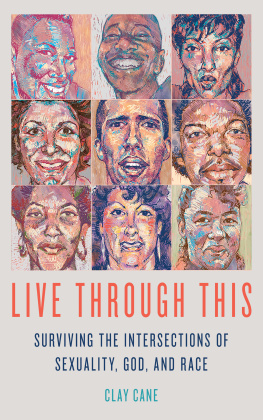


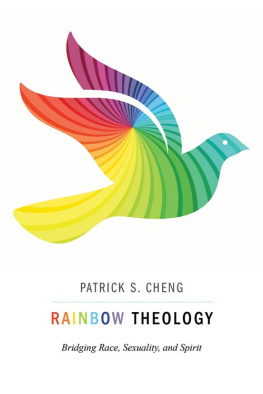
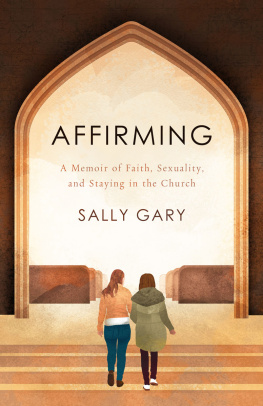
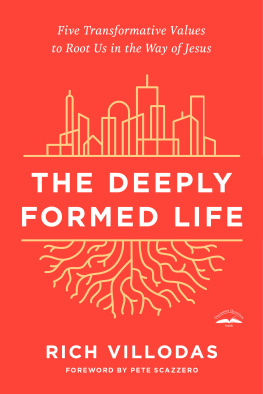
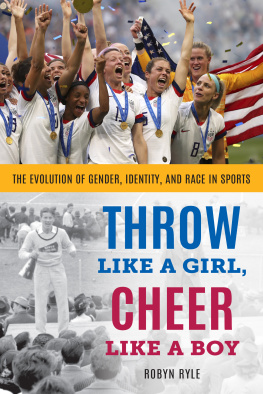
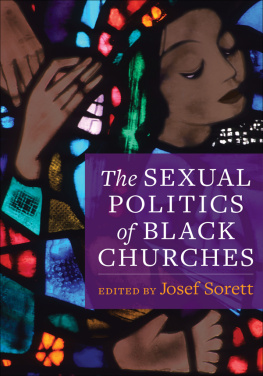
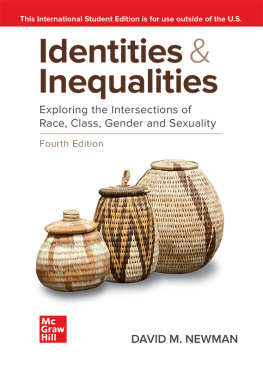
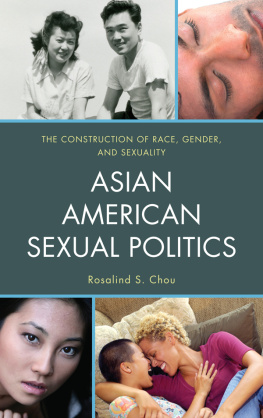


 CLAY CANE is an award-winning journalist, author, and television personality. He is the creator and director of the original documentary Holler If You Hear Me: Black and Gay in the Church, which earned a 2016 GLAAD Media Award nomination for Outstanding Digital Journalism. He is also the recipient of the Gay Men of African Descents 2016 James Baldwin Revolutionary Award. Raised in both Washington State and Philadelphia, Clays diverse background inspires him to deliver edgy commentary that provides sharp, witty, incisive, and raw analysis on culture. For more information, visit claycane.net.
CLAY CANE is an award-winning journalist, author, and television personality. He is the creator and director of the original documentary Holler If You Hear Me: Black and Gay in the Church, which earned a 2016 GLAAD Media Award nomination for Outstanding Digital Journalism. He is also the recipient of the Gay Men of African Descents 2016 James Baldwin Revolutionary Award. Raised in both Washington State and Philadelphia, Clays diverse background inspires him to deliver edgy commentary that provides sharp, witty, incisive, and raw analysis on culture. For more information, visit claycane.net.

